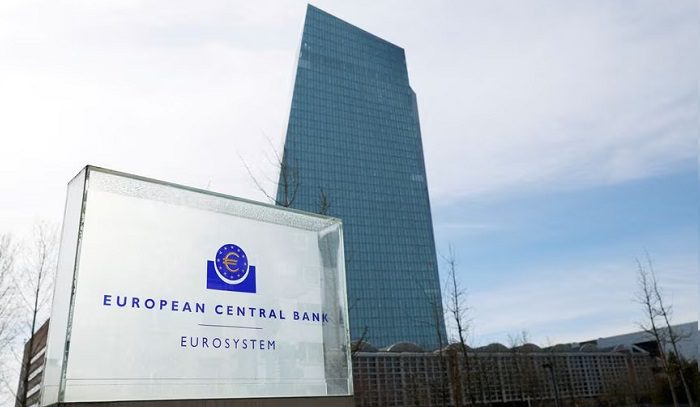The global central bankers on March 16 rolled out what looks to be an emerging effort when it comes to firewall the rate increases that are required to fight inflation through separate efforts so as to calm the fears that have gripped the financial sector.
After almost a week of financial tensions in the market, the European Central Bank has gone on to be the first mover in the global test of how a potential banking crisis may go on to influence monetary policy and has kept its focus on thwarting inflation with a half-point rate increase.
The Federal Reserve, meanwhile, has gone on to say that the banks have tapped a new liquidity facility for $11.9 billion in loans and have also drawn another $152 billion from its standing loan window. Besides this, a group of large US banks announced that $30 billion in deposits to First Republic Bank were indeed a show of support that was meant to elevate the confidence of US midsized lenders.
If this goes on to succeed in calming markets, it may also leave the Fed free to go ahead with its inflation-fighting rate enhancements at a policy meeting scheduled to be held next week, as per the ECB.
The ECB’s new policy statement as well as comments from officials agreed with the concerns when it comes to bank stability, but still led with the common refrain that inflation is going to remain too high and that too for a long time. Christine Lagarde, the European Central Bank’s president, said that they are not waning in their commitment to rooting out inflation; their determination remains intact. She added that there isn’t any trade-off between price stability and financial stability, and they are addressing the price stability issue by elevating the rate of interest by 50 basis points. Apart from that, they are also keeping a close vigil on market tensions and are well prepared to provide any additional support to financial institutions, if deemed necessary.
It is well to be noted that the recent US economic data has given the Fed a little reason to announce victory over inflation, with consumer prices rising at a 6% rate annually with only initial indications of notable easing when it comes to hiring as well as wage growth, something that US policymakers feel will be the prime requirement for inflation to remain cool.
With the volatile moves when it comes to bonds as well as the rate futures market this week, traders in securities who were tied to the Fed’s policy expected that the US central bank would go ahead with yet another quarter-point increase in the rate. However, the messaging around it will matter and indicate how seriously the policymakers weigh the current events.
It is well to note that the recent SVB collapse looks largely to be the result of bad management as well as a flawed business model. On the other hand, it also shows the stress rising interest rates are putting on the balance sheets of banks, teamed with US government and non-government backed debt, all of which lead to the dip in the value as and when the market interest rates rise.






















